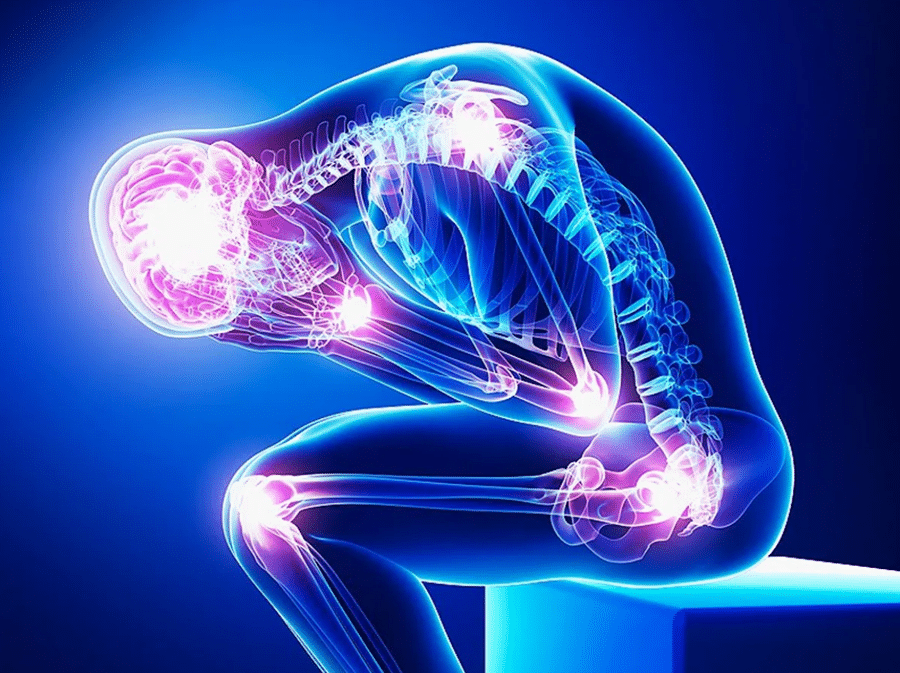Blood pressure, often called the “silent killer,” is a crucial health indicator many individuals overlook. It’s not merely a number but a window into one’s cardiovascular health. Understanding blood pressure can guide health decisions and possibly prevent severe complications. This article aims to shed light on this important metric, from what it is to its significance in everyday life.
Contents
- What is Blood Pressure?
- How is Blood Pressure Measured?
- The Importance of Healthy Blood Pressure
- Factors Affecting Blood Pressure
- Symptoms of Abnormal Blood Pressure
- Ways to Maintain and Improve Blood Pressure
- Medications and Interventions
- Myths and Misunderstandings about Blood Pressure
- The Bottom Line
- Related
What is Blood Pressure?

Blood pressure is the force exerted by circulating blood against the walls of the arteries. Fundamentally, it consists of two measurements: systolic and diastolic pressures. The former indicates the pressure when the heart contracts, pumping blood into the arteries. In contrast, the latter represents the pressure when the heart rests between beats. These two readings give a comprehensive overview of an individual’s cardiovascular health.
While it might sound technical, blood pressure can be visualized as the ebb and flow of tides. Just as the ocean has high and low tides, the cardiovascular system experiences varying pressures. But unlike the ocean’s tides, extreme highs or lows in blood pressure can signify health risks.
How is Blood Pressure Measured?

Traditionally, blood pressure was measured using a sphygmomanometer paired with a stethoscope. Though reliable, this method has given way to digital devices for convenience and ease of use. The sphygmomanometer wraps around the upper arm, inflating to constrict the artery and then gradually deflating, allowing the healthcare provider to listen and record the pressure readings.
Contemporary times have seen the rise of digital monitors, which are often more user-friendly and accessible for home use. These digital devices come in two main variants: wrist monitors and upper arm monitors. Though wrist monitors offer supreme convenience, upper arm devices are often recommended for accuracy. Understanding one’s readings is vital. Generally, a normal reading rests below 120/80 mm Hg, with the first number representing systolic and the latter diastolic pressure.
The Importance of Healthy Blood Pressure

Maintaining healthy blood pressure is akin to ensuring the proper functioning of a city’s water supply system. If the pressure is too high, it might cause undue strain, leading to wear and tear. On the other hand, too low pressure might not suffice to meet the city’s needs. Similarly, the human body can undergo significant stress if the blood pressure is outside the normal range.
High blood pressure, medically known as hypertension, can silently damage the body before symptoms develop. Ignoring hypertension can lead to a catastrophic event such as a heart attack or stroke. In contrast, hypotension, or low blood pressure, might starve the body’s vital organs of oxygen and nutrients. This can result in dizziness or lightheadedness and can indicate underlying problems. It’s crucial to regularly monitor blood pressure to ensure it remains within the recommended range and to take corrective actions if it doesn’t.
Factors Affecting Blood Pressure

Blood pressure isn’t static; it fluctuates based on many innate and acquired factors. Genetics undoubtedly plays a role, with many individuals inheriting a predisposition to hypertension from their lineage. However, this genetic hand isn’t always deterministic, as environmental factors can either exacerbate or mitigate genetic tendencies.
Diet and nutrition significantly impact blood pressure. High salt intake, for instance, has been linked to elevated levels. Foods rich in saturated fats can lead to arterial plaque buildup, further complicating the pressure profile. Conversely, a balanced diet rich in potassium and low in sodium can help maintain healthy blood pressure. Lifestyle factors, including physical activity, stress levels, smoking, and alcohol consumption, also contribute. Regular exercise, for instance, strengthens the heart, enabling it to pump more blood with less effort.
Symptoms of Abnormal Blood Pressure

Surprisingly, hypertension often parades itself without noticeable symptoms, earning its moniker, the “silent killer.” Some individuals, however, may experience headaches, blurred vision, or dizziness. These symptoms should not be dismissed lightly as they might be harbingers of more significant issues.
Low blood pressure, or hypotension, tends to be more symptomatic. Individuals might experience fainting spells, dizziness, blurred vision, nausea, and fatigue. These symptoms often arise because the body’s organs aren’t receiving sufficient blood. Recognizing these signs and consulting a healthcare professional if such symptoms persist is vital.
Ways to Maintain and Improve Blood Pressure

Achieving and maintaining healthy blood pressure often requires a multipronged approach. Dietary changes are pivotal. The DASH (Dietary Approaches to Stop Hypertension) diet, rich in fruits, vegetables, and low-fat dairy, has been scientifically validated to help lower high blood pressure. Moreover, reducing salt and processed food intake can make a significant difference.
Lifestyle changes often accompany dietary modifications. Reducing alcohol intake, quitting smoking, and managing stress through meditation or yoga can be beneficial. Physical activity, be it brisk walking, cycling, or swimming, helps strengthen the cardiovascular system, enhancing its efficiency.
Medications and Interventions

For some, lifestyle and dietary changes might not suffice, necessitating medical intervention. Various antihypertensive medications, including beta-blockers, diuretics, and ACE inhibitors, can assist in regulating blood pressure. The choice of medication often hinges on the individual’s specific condition and associated health factors.
However, medications aren’t devoid of side effects. Some individuals might experience dizziness, fatigue, or other symptoms. Regular monitoring while on medication is crucial. It ensures the chosen medication achieves the desired effect without causing undue side effects.
Myths and Misunderstandings about Blood Pressure
Misinformation can often be as detrimental as ignorance. A prevalent myth is that only seniors need to worry about hypertension. The truth is that even younger adults can face blood pressure issues, especially in today’s fast-paced world with altered dietary and lifestyle patterns. Another misconception is equating the absence of symptoms with normal blood pressure. As established earlier, hypertension can be asymptomatic.
It’s also fatalistic to assume that a family history of hypertension implies an inevitable destiny. While genetics play a role, lifestyle, and diet choices can significantly influence outcomes. It’s always more empowering to focus on factors within one’s control.
The Bottom Line
Blood pressure, a dynamic metric of our health, offers insights into the state of our cardiovascular system. While it’s impacted by genetics, our choices around diet, lifestyle, and stress management play a pivotal role. Understanding, monitoring, and managing blood pressure can be the key to a healthier, longer life. In the health journey, knowledge is more than power; it’s prevention.


